Blog & Resources
How Does SoftWave Tissue Regeneration Technology Stimulate, Activate, and Migrate Stem Cells for Tissue Repair and Regeneration?

Understanding Stem Cells and Their Role in Healing
What Are Stem Cells?
Stem cells are unique cells within the human body capable of transforming into different types of cells. Unlike most cells, which serve specific functions, stem cells have the remarkable ability to divide and create copies of themselves (self-renewal) and differentiate into specialized cell types, such as muscle cells, nerve cells, or skin cells. This versatility makes stem cells crucial for tissue repair and regeneration, as they can adapt to the body’s needs and replace damaged cells.
Where Do Resident Stem Cells Reside?
Resident stem cells are naturally found in various tissues throughout the body, including bone marrow, fat tissue, muscles, and even specific organs. These cells lie dormant, awaiting activation when the body needs to repair damaged tissues. In regenerative medicine, these resident stem cells are essential as they provide a source of cells that can help heal and regenerate tissues when properly stimulated.
What Differentiates Stem Cells from Other Cells?
Stem cells are different from regular cells in two main ways:
- Self-Renewal: Stem cells can divide and reproduce themselves indefinitely, which provides a continual reservoir of cells that can aid in repair processes.
- Differentiation: Stem cells have the potential to transform into various specialized cell types. For example, in response to injury, stem cells can become cartilage cells, muscle cells, or nerve cells depending on the body's needs.
These two qualities make stem cells invaluable in regenerative medicine as they provide the basis for replacing damaged cells, reducing inflammation, and promoting healing.
Why Stem Cells Are Important in Regenerative Medicine
In the field of regenerative medicine, stem cells play a central role. By harnessing stem cells, medical professionals can facilitate the body’s natural repair mechanisms, offering a less invasive and drug-free alternative for healing. Stem cells help address the root cause of pain and injury rather than simply masking symptoms, making them particularly valuable for chronic pain and degenerative conditions.
How Does Extracorporeal Shockwave Therapy (ESWT) Activate and Migrate Stem Cells?
The Mechanism Behind SoftWave Therapy
Extracorporeal Shockwave Therapy (ESWT), especially with SoftWave Tissue Regeneration Technology, uses electrohydraulic acoustic waves to stimulate, activate, and migrate resident stem cells to sites of pain and injury. SoftWave does this through a process called mechanotransduction. Mechanotransduction involves converting mechanical stimuli (the acoustic waves) into biochemical signals that trigger a cascade of biological responses within cells and tissues.
Unlike traditional shockwave therapies that rely on creating microtrauma, SoftWave uses true shockwaves that do not damage tissues but instead produce a precise acoustic wave that activates cells. This method is unique and highly trusted, having been developed and perfected through decades of research and technological advancements.
How SoftWave Stimulates, Activates, and Migrates Stem Cells
When SoftWave’s acoustic waves pass through tissues, they create a unique biological response. This process:
- Decreases Inflammation: The shockwaves help flush out inflammation, a primary barrier to healing.
- Increases Blood Flow and Circulation (Angiogenesis): SoftWave therapy promotes the formation of new blood vessels, ensuring that more oxygen and nutrients reach the damaged tissues.
- Activates and Migrates Stem Cells: The mechanical force of SoftWave’s shockwaves “wakes up” dormant stem cells and directs them to the treatment site. Here, these activated stem cells start the repair and regeneration process, reducing pain and helping restore tissue function.
- Flushes Out Damaged Cells: SoftWave therapy can help eliminate “senescent” cells (old, damaged cells), clearing the way for healthier cells to thrive.
The Science of SoftWave: Mechanotransduction and Cellular Response
SoftWave therapy activates healing processes at the cellular level through mechanotransduction, which triggers several scientific responses, including:
- Neovascularization (New Blood Vessel Formation): This process, involving vascular endothelial growth factor (VEGF) and endothelial nitric oxide synthase (eNOS), increases blood supply to the injured tissue.
- Stem Cell Activation and Migration: SoftWave initiates the release and movement of stem cells, which move to the injury site for repair.
- Modulation of Inflammation: SoftWave reduces inflammation without causing tissue trauma, allowing the body to heal without creating further damage.
- Release of Healing Factors: Factors like BMP (Bone Morphogenetic Proteins) are released to encourage the formation of new bone and cartilage in damaged areas.

The History and Development of SoftWave: A Trusted, Proven Solution
From Germany to the USA: A Journey of Innovation
SoftWave’s roots trace back to Germany, where shockwave technology was initially developed for breaking down kidney stones in the 1980s. Engineers and medical innovators saw the potential for using shockwaves beyond lithotripsy, especially in regenerative medicine. By the early 1990s, pioneers like Nikolaus Hopfenzitz and Ralph Reitmajer developed the technology further to treat orthopedic conditions and facilitate tissue regeneration. Their collaboration resulted in the creation of MTS Medical, which continued to evolve shockwave technology to benefit human health.
SoftWaveTRT in the USA
In 2005, SoftWave Tissue Regeneration Technologies LLC, founded by John Warlick and Mark Gronowski, brought this revolutionary therapy to the USA. The partnership with MTS Medical allowed SoftWave to establish itself as a leader in pain management and regenerative medicine. Over time, SoftWave's patented OP155 applicator emerged, enabling deep wound healing and tissue regeneration across multiple medical fields.
Why SoftWave Therapy is Leading the Way in Regenerative Medicine
SoftWave technology has gained international recognition in fields such as dermatology, orthopedics, urology, and veterinary medicine. Its success is supported by a vast body of scientific research, consistently proving its efficacy and safety. Today, SoftWave is one of the fastest-growing regenerative therapies in the USA due to its non-invasive, drug-free approach that provides long-term relief and true healing.
Why Choose SoftWave Therapy?
If you’re seeking a natural and effective approach to healing, SoftWave therapy offers:
- Non-surgical, drug-free pain relief
- True tissue repair and regeneration
- Reduced inflammation and improved mobility
- Fast-acting results without downtime
With SoftWave, you can experience relief from conditions like arthritis, tendinitis, ligament injuries, nerve pain, disc issues, and more—without the risks of surgery, injections, or medications.
Discover SoftWave Therapy Today
Ready to experience the power of SoftWave for yourself? Schedule a consultation and explore how this advanced technology can be the answer to long-lasting pain relief and regeneration.
SoftWave truly represents the future of regenerative medicine, harnessing the body’s natural healing capabilities for those seeking a transformative approach to pain management.
Whether you're dealing with chronic pain or recent injuries, SoftWave can make a difference, providing a safer and more effective option than traditional therapies. Reach out today and take the first step towards a pain-free, healthier future.
Schedule Your SoftWave Visit Online Here!
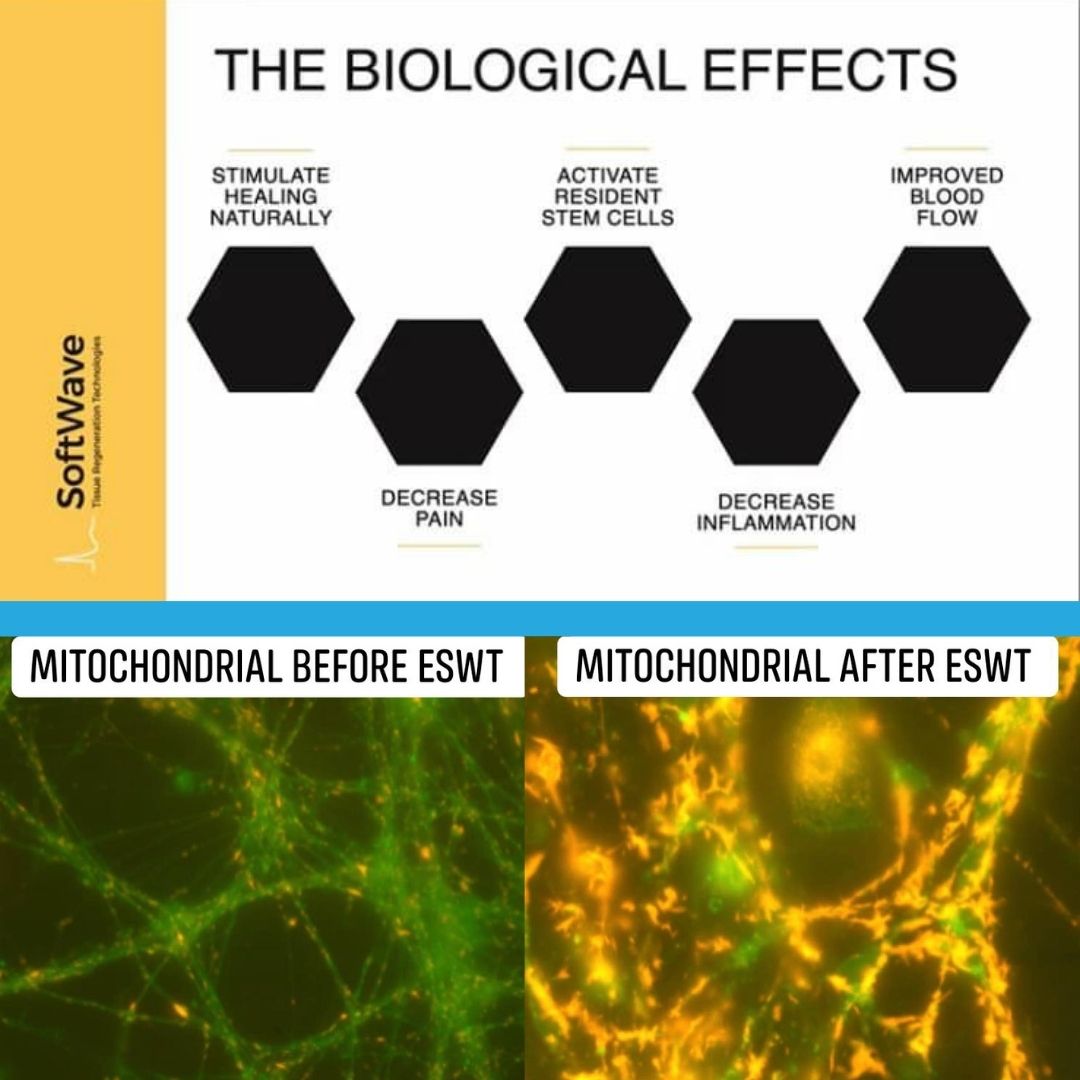
‹ Back



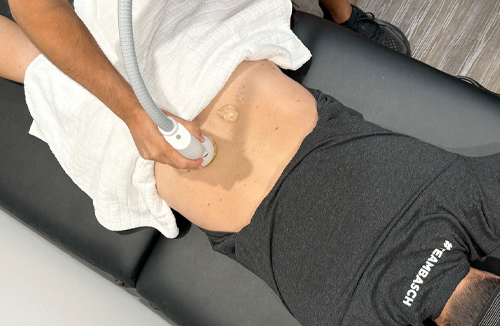
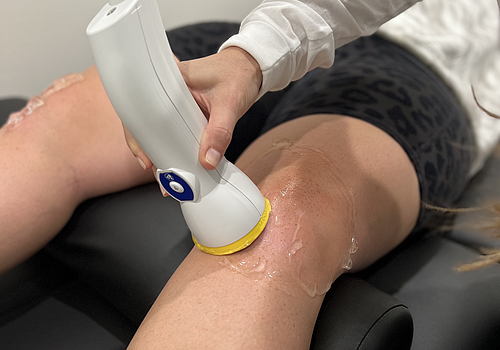

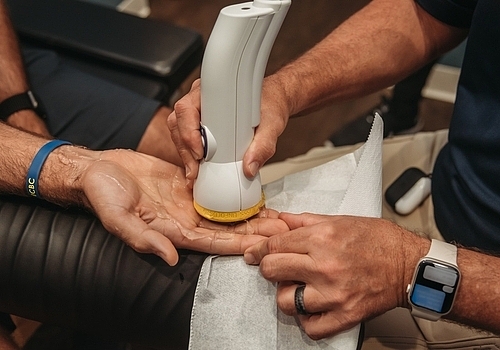
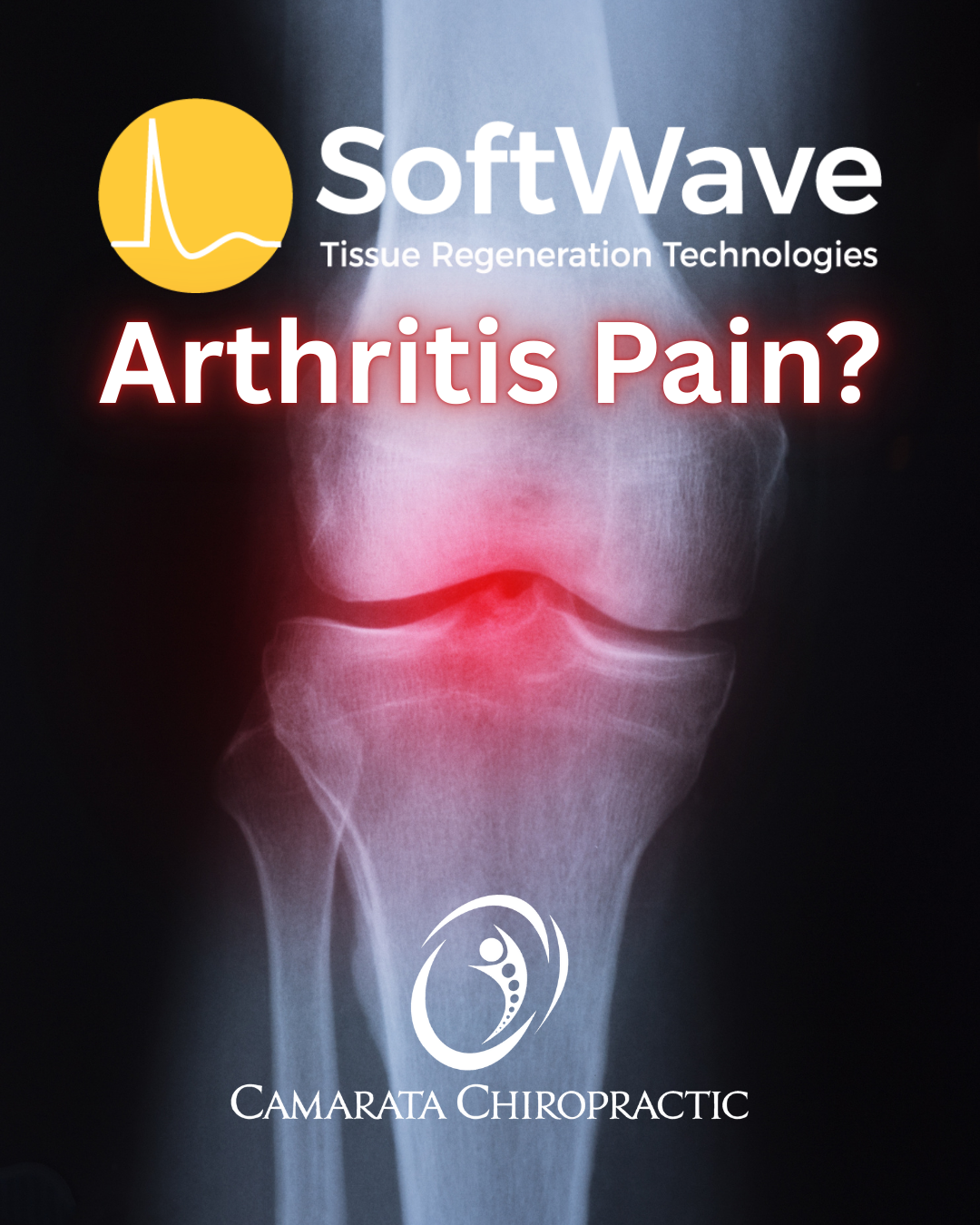

 3237 Union St,
3237 Union St,

